Forget Stars Wars aliens – here's where we might find the real ones
It's more likely to be microbes than little green men
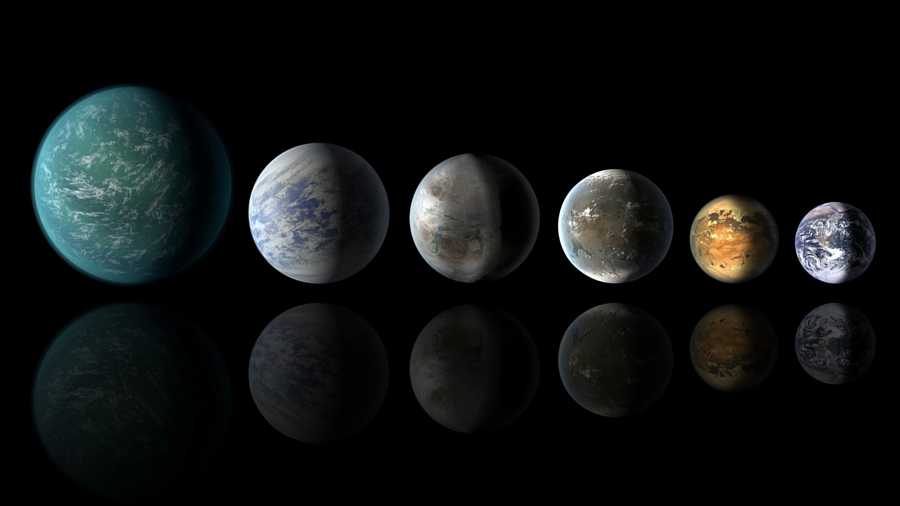
Main image: Does looking for life mean finding another Earth? Image credit: Nasa/Ames/JPL-Caltech
For now, the aliens of Star Wars are pure sci-fi, but if there is life on other worlds, we already know where to look. It's only been 20 years since the discovery of 51 Pegasi b, the first-ever exoplanet to be detected – and the first of thousands. Thanks to the Hubble, Spitzer and especially the Kepler Space telescopes, astronomers have hunted down over 4,000 planets orbiting other stars, some of which are Earth-sized, and in the habitable zone of a Sun-like star.
Could they support life? Back in the 1960s, astronomer Frank Drake created an equation to predict the likelihood of alien life, and figured there were at least 10,000 communicating civilizations in our galaxy alone. Given that there are 400 billion stars and at least 100 billion planets in the Milky Way, Drake's estimate is a conservative one if – and it's a big if – life exists at all beyond Planet Earth.
However, do we have to go light years away to find life? Find alien lifeforms on any of the seven other planets or 175 moons of the Solar System, and the conclusion will be simple: life is everywhere. We have no evidence to prove that we're alone or we're not, but either conclusion is profound. All we have is tantalising glimpses, clues and a vast bucket list of places we suspect aliens could exist.
Tabby's Star – an alien megastructure?
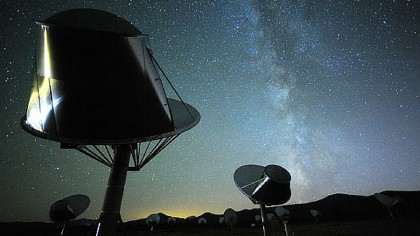
Did the Kepler Space telescope find an advanced alien megastructure hanging out in front of a star? The chances are slim, of course, but there's definitely something weird going on in the Tabby star system (officially called KIC 8462852), which periodically dimmed by 20% and more between 2009 and 2013. That's a helluva lot, which has got folks talking about the possibility of an astro-engineering megastructure, such as a Dyson Sphere of solar panels.
Or it could be that an alien society is trying to announce itself. If so, it's working – the SETI (Search for Extraterrestrial Intelligence) Institute has trained its Allen Telescope Array on Tabby's Star to study radio signals. "It's quite likely that this star's strange behaviour is due to nature, not aliens, (but) it's only prudent to check such things out," says SETI Institute astronomer Seth Shostak.
Kepler 3b: clear skies and water vapour
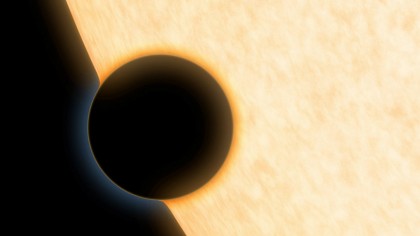
Astronomers are currently using data from three of Nasa's space telescopes – Hubble, Spitzer and Kepler – in their search for Earth-sized planets. Mostly they find 'hot Jupiters' far bigger than Earth, but what about a 'hot Neptune'? About five times the radius of Earth and 122 light years from Earth, Kepler 3b orbits a star called HAT-P-11b (nice work, naming convention committee).
Sign up for breaking news, reviews, opinion, top tech deals, and more.
Having originally found it in 2009, NASA had another look last year and discovered that Kepler 3b has a cloud-free atmosphere and, rather stunningly, water vapour. Detecting the latter is highly unusual, so Kepler 3b has to go on the list; where there's water, there's life … probably.
The unexplained Wow! signal
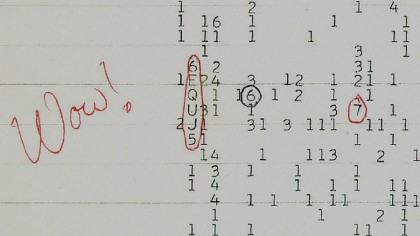
Is it possible that we found aliens back in 1977? While working for SETI at the Big Ear radiotelescope in Delaware, Ohio, astronomer Jerry R. Ehman detected an unexpectedly strong narrowband radio signal from within the constellation of Sagittarius which lasted for 37 seconds, prompting him to write "Wow!' in the data sheet's margin. Then nothing happened – no source for the signal was ever found. Was it an artificially generated radio signal sent by alien civilisation? Or was it simply something from Earth that bounced off space debris?
Gliese 876 – Super-Earths
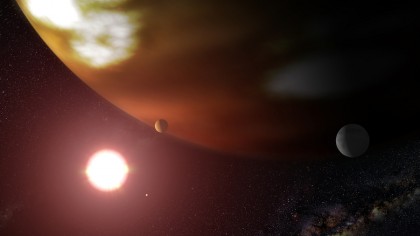
Since interstellar travel is impossible, the search for alien life must prioritise close exoplanets that could support life – and Gliese 876 has got to be on the shortlist. 'Just' 15.2 light years away in the direction of the constellation of Aquarius, this red dwarf star has the four confirmed closest exoplanets to us: Gliese 876 b, Gliese 876 c, Gliese 876 d and Gliese 876 e.
All are larger than Earth, and orbit their star from about the distance of Mercury, and there's little reason to avoid such Super-Earths if you're serious about alien-hunting, since they appear to be by far the most numerous exoplanets (about 77% of all exoplanets found in the Milky Way so far, although they are easier to find than Earth-sized planets). Besides, planets that size – about six times bigger than Earth – could have habitable moons, which for all we know are the dominant home of extraterrestrial life in the Milky Way.
Enceladus and Titan – the Moon rivers
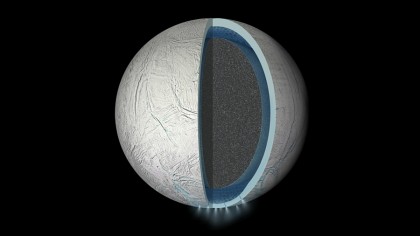
So why not try out the moons theory? Back in 2013 the orbiting Cassini spacecraft confirmed that Saturn's tiny icy moon, Enceladus, has an underground sea of liquid water. The news has excited scientists because the plumes of ice and water vapour, which were first discovered jetting from fractures at the moon's south pole in 2005, have been revealed to be warm and salty – both are tell-tale signs that there's more water below the surface.
Another moon of Saturn, Titan, is the only other body aside from Earth to have confirmed standing liquid on its surface. There's just one problem: that liquid is ethane and methane, not water. If Titan's seas of liquid methane do contain organisms it would completely change scientific concepts of how life can evolve – and the search parameters would dramatically widen.

Jamie is a freelance tech, travel and space journalist based in the UK. He’s been writing regularly for Techradar since it was launched in 2008 and also writes regularly for Forbes, The Telegraph, the South China Morning Post, Sky & Telescope and the Sky At Night magazine as well as other Future titles T3, Digital Camera World, All About Space and Space.com. He also edits two of his own websites, TravGear.com and WhenIsTheNextEclipse.com that reflect his obsession with travel gear and solar eclipse travel. He is the author of A Stargazing Program For Beginners (Springer, 2015),